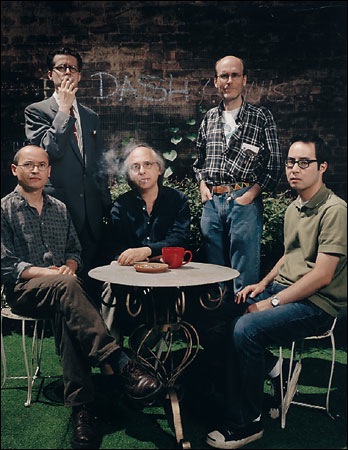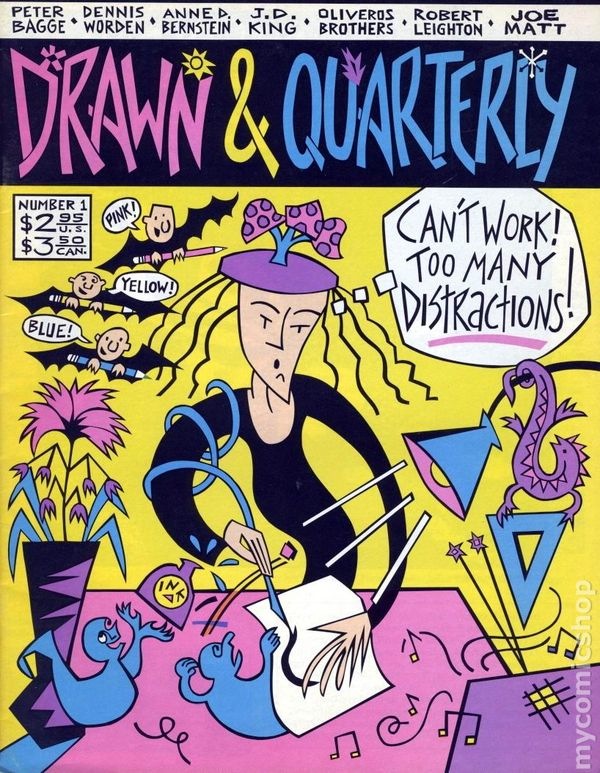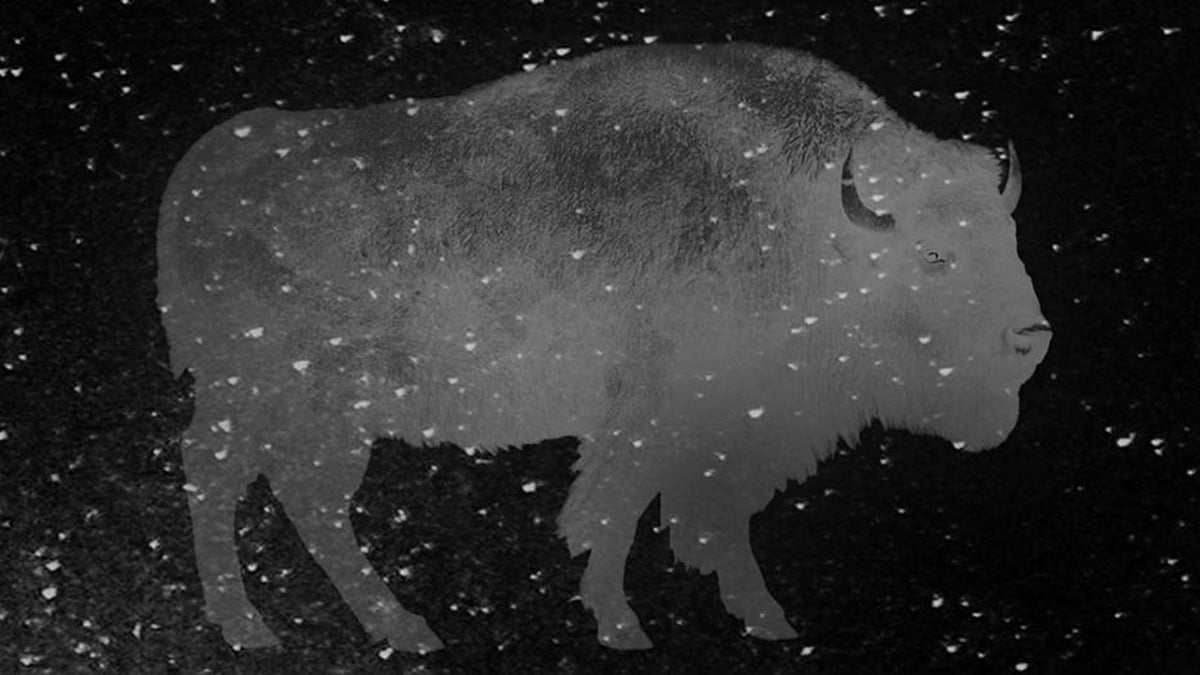Over the weekend, Drawn & Quarterly got some much deserved attention in the New York Times for their 25th Anniversary and the astonishing accompanying book. First in a round-up of creators and books, and then a longer profile called 25 Years of Drawn & Quarterly, Champion of Female Cartoonists, which probably isn’t the headline you thought of, but once you realize the importance of Julie Doucet, Lynda Barry, Tove Jansson and Kate Beaton to the company’s history, it makes a ton o’ sense, especially with Peggy Burns taking over as publisher.
When the first issue of Drawn & Quarterly sneaked into comics shops in April 1990, it seemed as if its 23-year-old founder, editor and janitor, Chris Oliveros, was trying to single-handedly conjure a future for the testosterone-confused medium that most of his fellow fans and creators couldn’t imagine.
First, he featured a beleaguered female cartoonist on its cover, as drawn by Anne D. Bernstein. And second, he criticized in its pages the world of comics for being “a private boys’ club” that discouraged women from reading or making comics. (One contributor to D&Q No. 1 was Alice Sebold, who later wrote “The Lovely Bones.”)
So it seems somehow fitting, in a theater season in which the musical adaptation of the alternative cartoonist Alison Bechdel’s graphic novel “Fun Home” won five major Tonys, that Drawn & Quarterly is celebrating its 25th anniversary by putting out a strikingly designed 776-page book that makes clear that its rise from Montreal ’zine to well-regarded publisher of graphic novels is inextricably intertwined with the advance of women in independent comics.
I have to say, the above photo from the article also kind of pulls the blanket for naptime over this story from 11 years ago, a NYT Magazine piece by Charles McGrath on the arrival of the graphic novel as a legit artform that, well, kind of did enshrine the First Age of the GN. And the photo from THAT cover piece, has long been derided for showing comics as being mostly balding while males, namely Joe Sacco, Seth, Art Spiegelman, Chester Brown and (none balding white male) Adrian Tomine.
The coed yearbook style photo from 2015 does look a bit more peppy than the brooding smokers. (Smoking, so 2004. Both Seth and Spiegelman carry e-cigs now.) So I guess even the NYTimes now admits that comics are for everyone. So we’ve come a long way baby.
As an aside, the 2015 piece notes that the very first issue ever published by D&Q, issue #1 of their anthology magazine, featured a cover by Anne D. Bernstein.
In 1990, launching a comics company with a cover drawn by a woman was definitely a bold move, so props for that.
BTW, Anne is still very much around, working in animation and other fields and a frequent brunch companion of The Beat Herself. I’ll have to bring up her historic effort next time we get some avocado toast.









